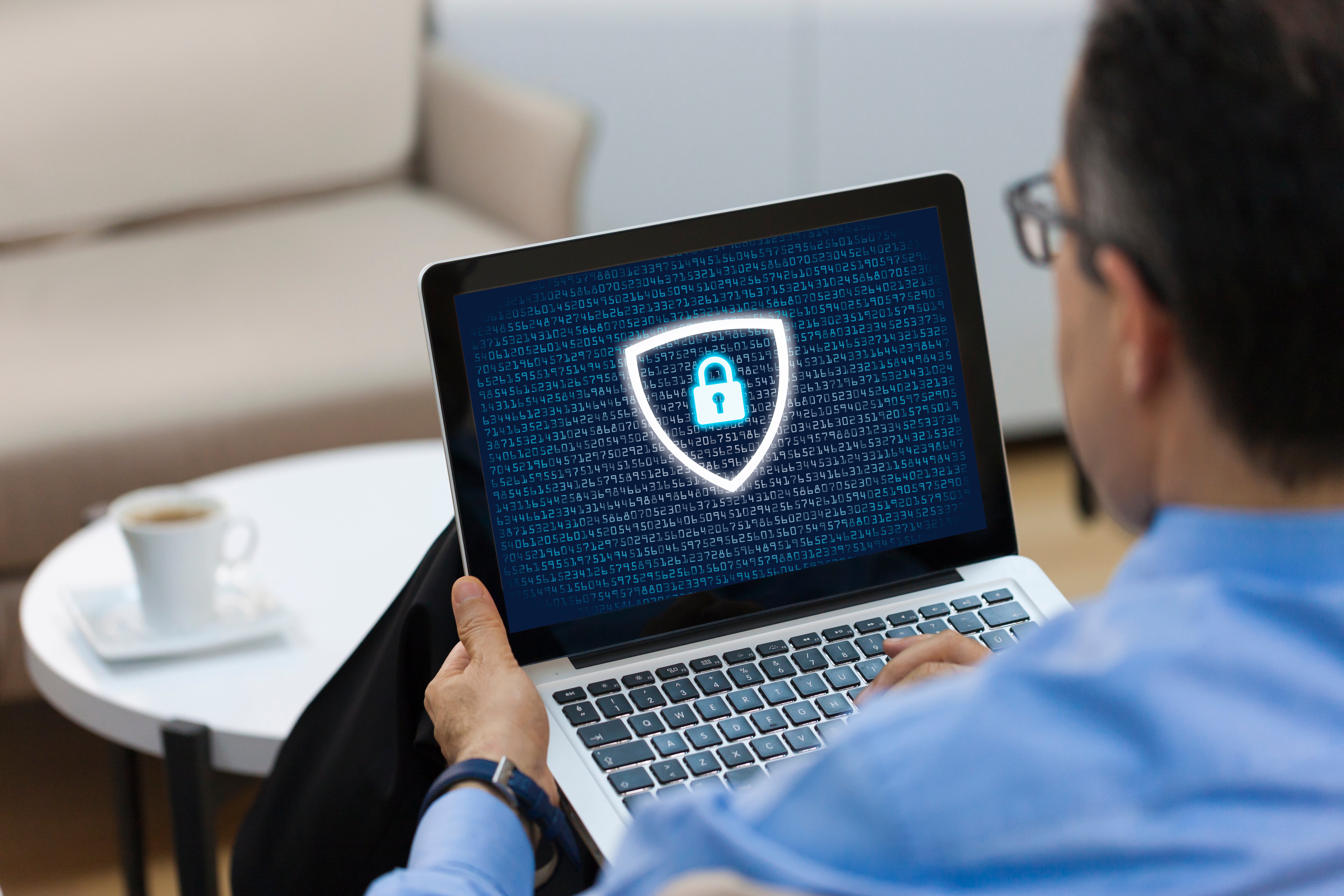9 Ways to Protect Your Passwords
With data breaches on the rise and becoming alarmingly common, it’s no secret how valuable our passwords and personal information are to cybercriminals. From shopping online and downloading apps to creating social media accounts, using strong and unique passwords is important as we continuously provide personal information to organizations and businesses that could become victims of data breaches.
Managing the many passwords we’re required to have may be overwhelming, but it’s important to take the necessary steps to protect yourself and your information from being compromised in a data breach. Security experts recommend using strong and unique passwords to help protect yourself from hackers trying to gain access to your personal information. Here are tips to help you manage your passwords.
1. Protect your passwords.
Protect your passwords at all costs. Never share your passwords with anyone, write them down, or save them on your computer or mobile device. With so many passwords to manage, you put yourself at a higher risk of hackers stealing your information if you do any of these things. Hackers never cease attempting to steal your information. They will even go through the trash, also known as dumpster diving, to get your information.
2. Use the Multi-Factor Authentication.
Multi-Factor Authentication (also known as MFA) adds a second layer of protection to your account and password. This method makes it more difficult for hackers to compromise your account because it requires more than your username and password to log in to your account. It also improves your security because it verifies your identity with information only you should know or have available.
3. Use different passwords and change them regularly.
It may be easy to remember one password and use it for every account, but experts advise against this practice. Using one password for all accounts puts you at greater risk of other accounts being compromised.
When was the last time you changed your passwords? Make it a habit to change your passwords regularly to protect your accounts. It’s recommended to change your passwords every 30 to 90 days or sooner, depending on the account type.
4. Use public Wi-Fi with caution.
If possible, avoid using computers you don’t own or unsecured Wi-Fi in public areas such as coffee shops and malls. If you're using public Wi-Fi or a device you don’t own, use extreme caution when entering your passwords and personal information. There may be spyware that steals your information.
5. Make it difficult to understand.
Create secure passwords that make sense to you but are difficult for anyone else to figure out. Mix it up and create long and challenging passwords with a mix of letters, numbers, and special characters #?*%$@. Creating complex passwords will help decrease the chance of your account being hacked.
Avoid using obvious combinations with your name, address, family names, social security number, phone numbers, birthdays, and pet names to create your passwords. Never create passwords with information easily found or figured out on your social media accounts or forms you fill out. Hackers search out your information online and will use it to figure out your passwords.
Here's an example of a password that may be difficult for someone to figure out but easy for you to remember. “To be in love at 50!” converts to a password: 2BnLqv3@50!
6. Use passphrases.
Passphrases are longer and a lot stronger than the typical password. It contains at least 14 letters or symbols or both, making it nearly impossible for most advanced password cracking tools to figure out. Most password cracking tools break down at ten characters. A passphrase can have spaces between the words, and it doesn’t have to be grammatically correct or spelled correctly, making it more complex.
Here’s an example of a passphrase: I LOVE Journaling with Myfavoritepen!
7. Use the password strength checker.
A password strength checker gauges the strength of your password. It indicates whether the password you’re creating is strong or weak. If the site you’re opening a new account for has the password strength analyzer, use it to help create a strong and unique password.
8. Update your security software.
Make sure to keep your antivirus software updated. If hackers attempt to compromise your account, a good security software will detect the threat and neutralize it.
9. Use a password manager.
A password manager allows you to save and manage your passwords in one location using one master password. It will also take the guesswork out of creating a strong password because it will generate one for you. Before you decide to use a password manager, be sure to do your research to make sure you’re using a reputable service.
There may be little we can do to prevent large-scale data breaches. However, we can still take the necessary steps to protect our personal information and passwords as much as possible. It may be an overwhelming task, but creating strong and unique passwords makes it more difficult for hackers to steal your accounts and personal information. The benefits of using strong and unique passwords far outweigh the frustration and inconvenience of dealing with the situation of your accounts being compromised.
For more information on protecting your identity, check out our Security Center.

